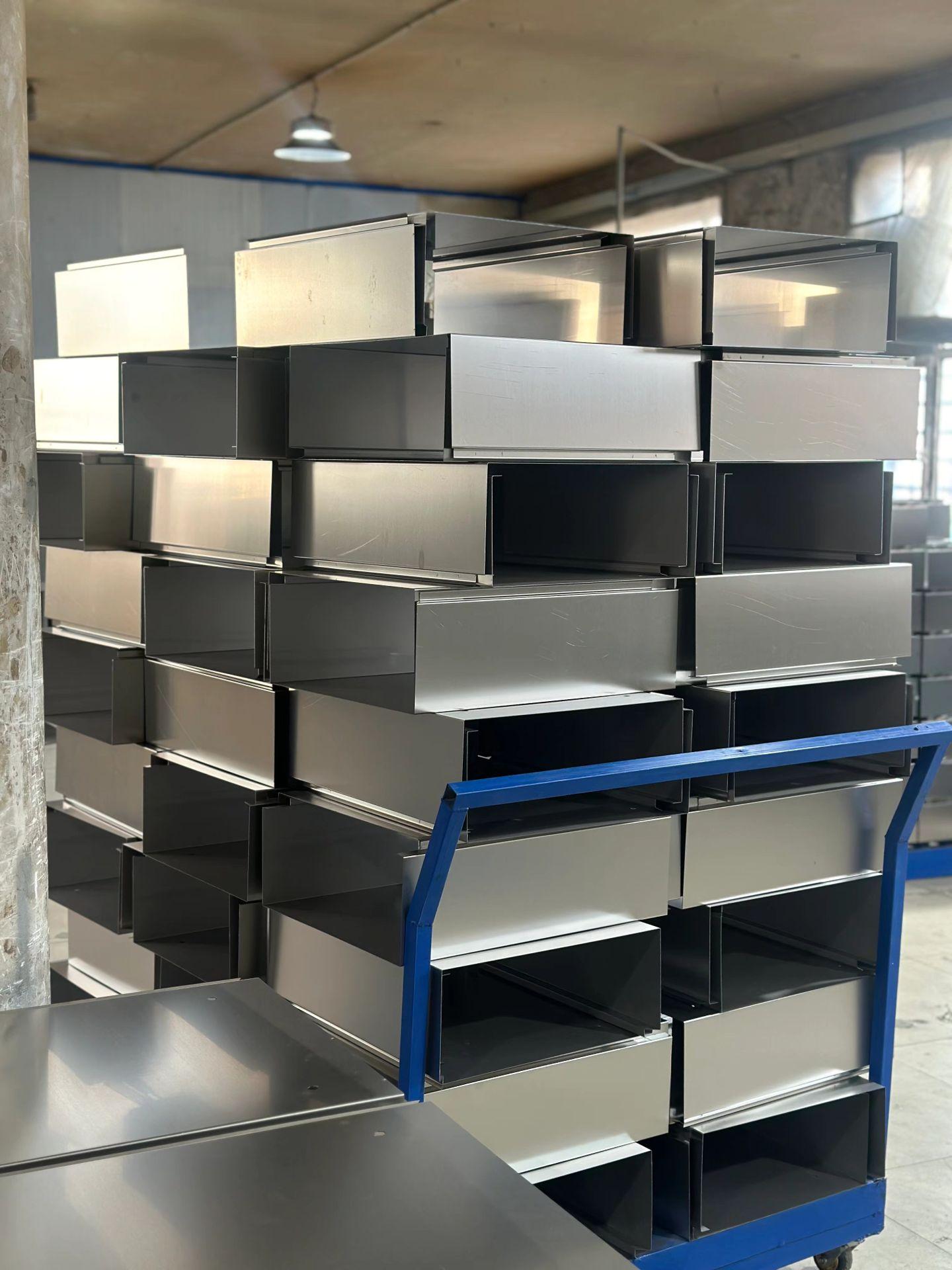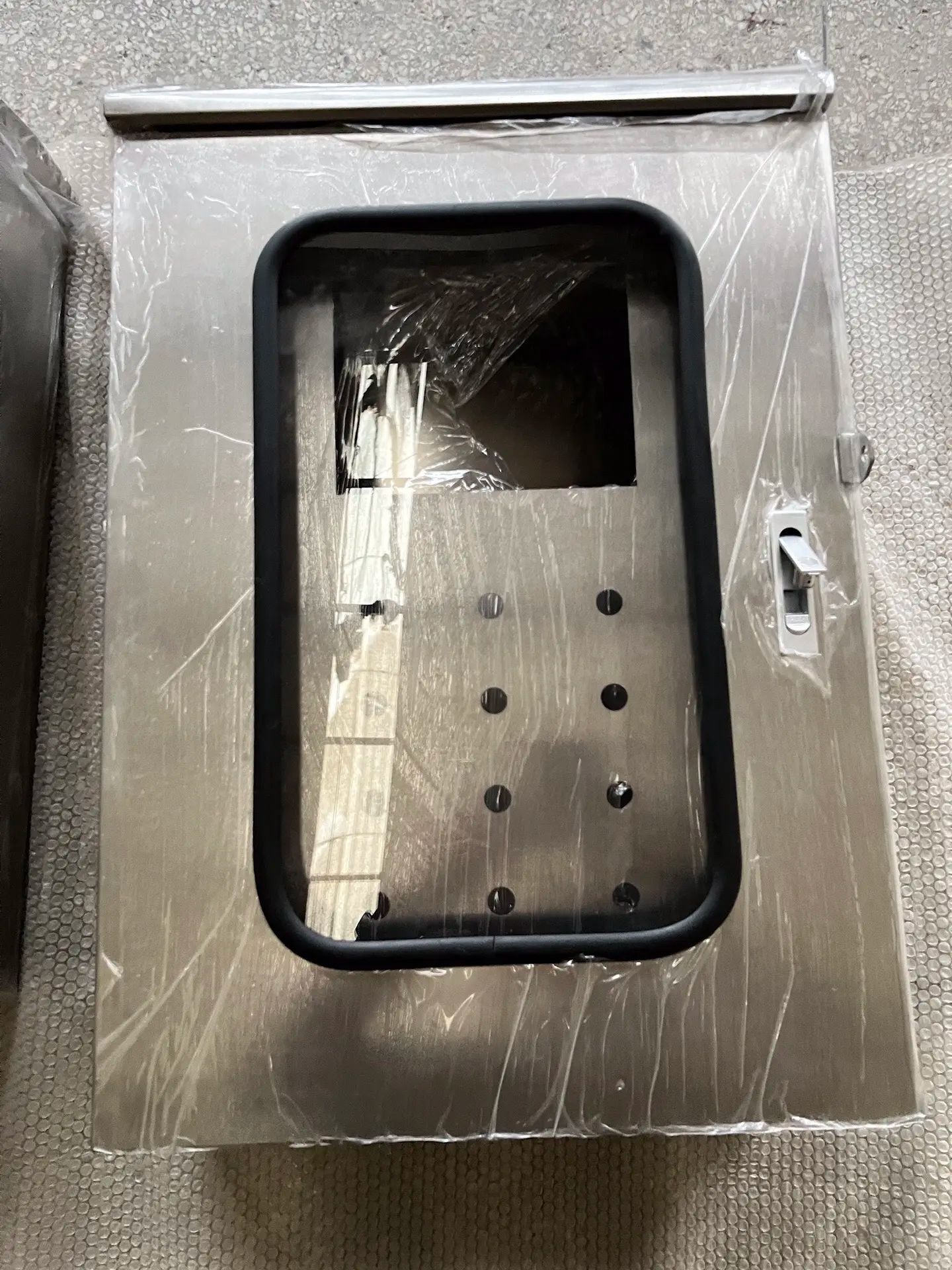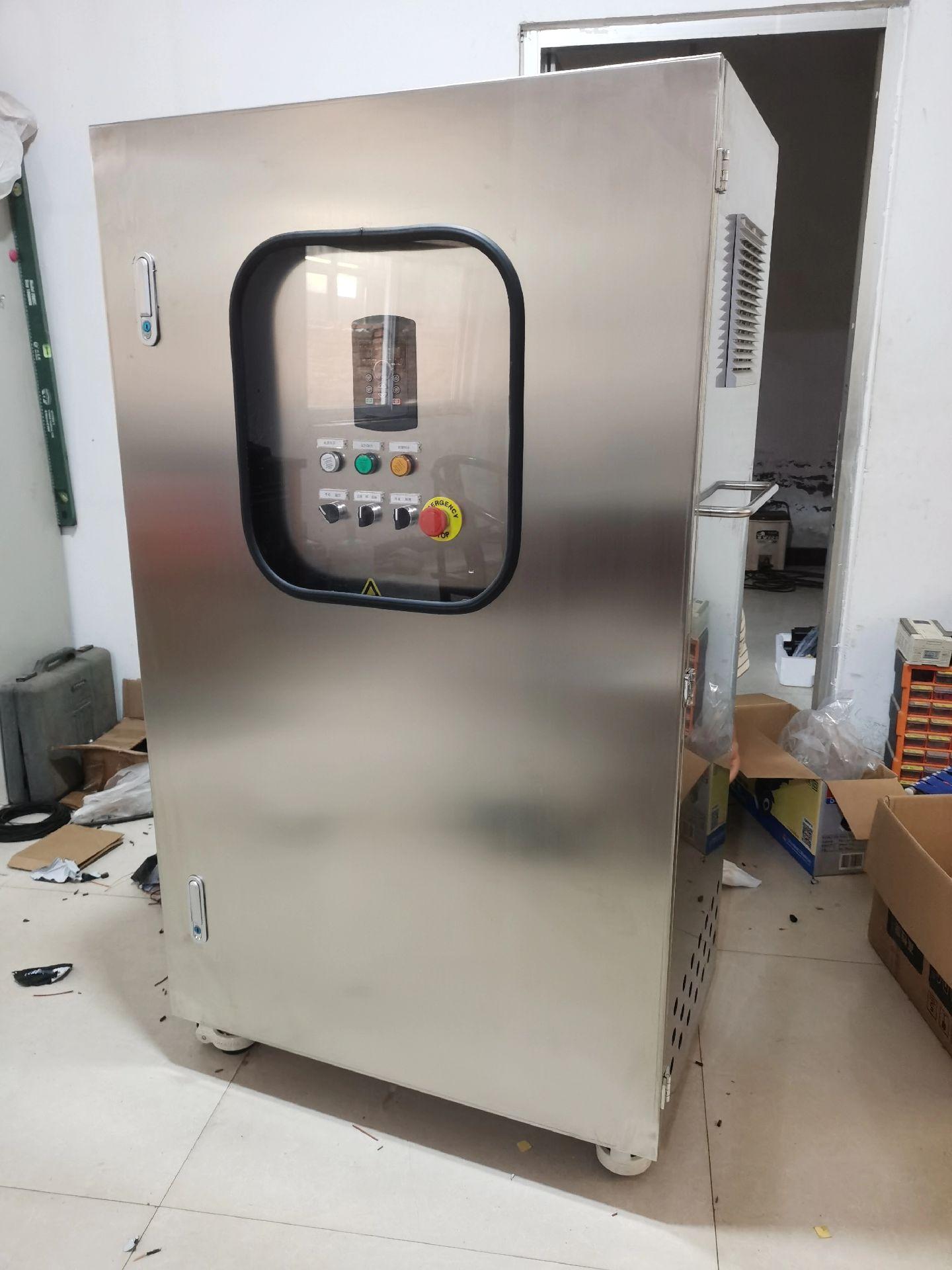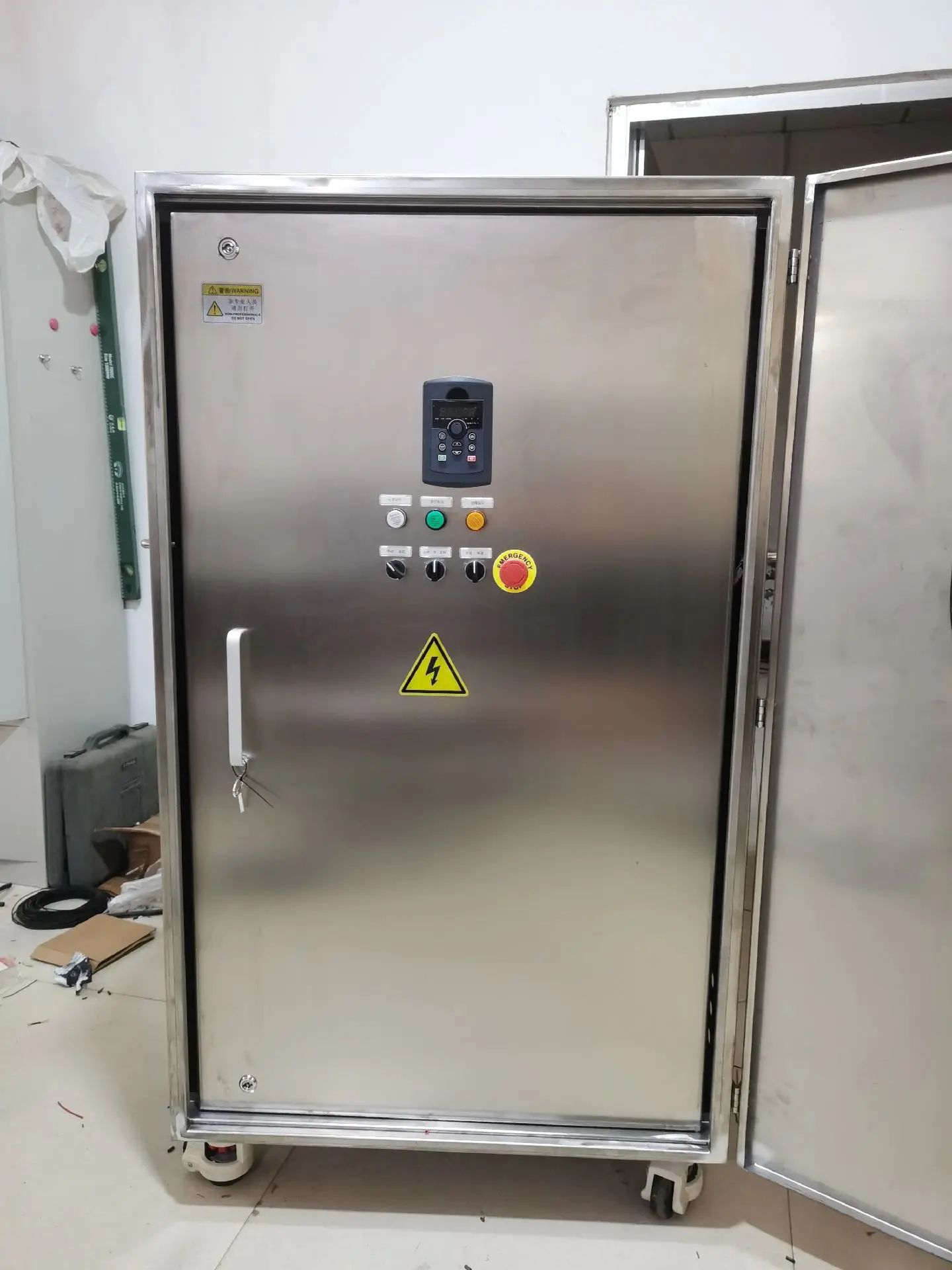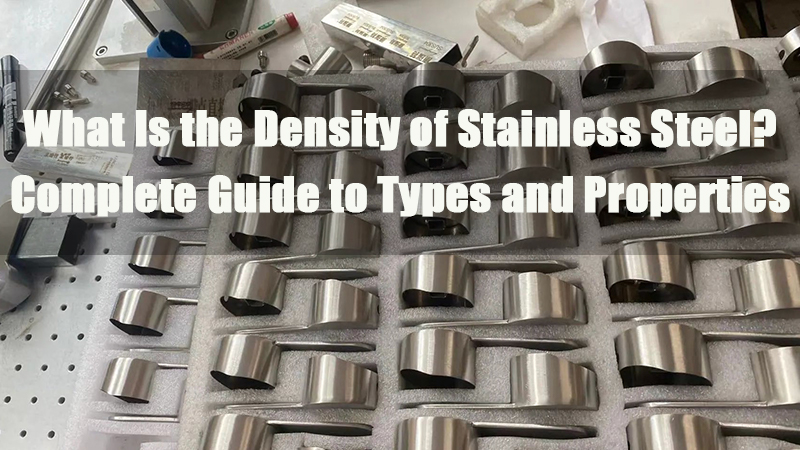
1.0Density of stainless steel
1.1Introduction to Stainless Steel Density
The density of stainless steel refers to the mass contained per unit volume. Typically, it ranges between 7.5 and 8.0 g/cm³ (or 7500–8000 kg/m³, 0.27–0.29 lb/in³), making it one of the key physical properties of stainless steel materials. The exact value varies depending on the alloy type and composition.
Stainless steel is a widely used alloy steel that contains at least 10.5% chromium, with additional elements such as carbon, silicon, manganese, nickel, molybdenum, titanium, and copper added depending on its intended application. These alloying elements not only determine its corrosion resistance, mechanical strength, and formability, but also directly influence its density.
In engineering design and quality control, density is a critical parameter used for weight estimation, load capacity calculations, and material cost assessments. Understanding the density of various stainless steel grades helps ensure accurate material selection and structural design.
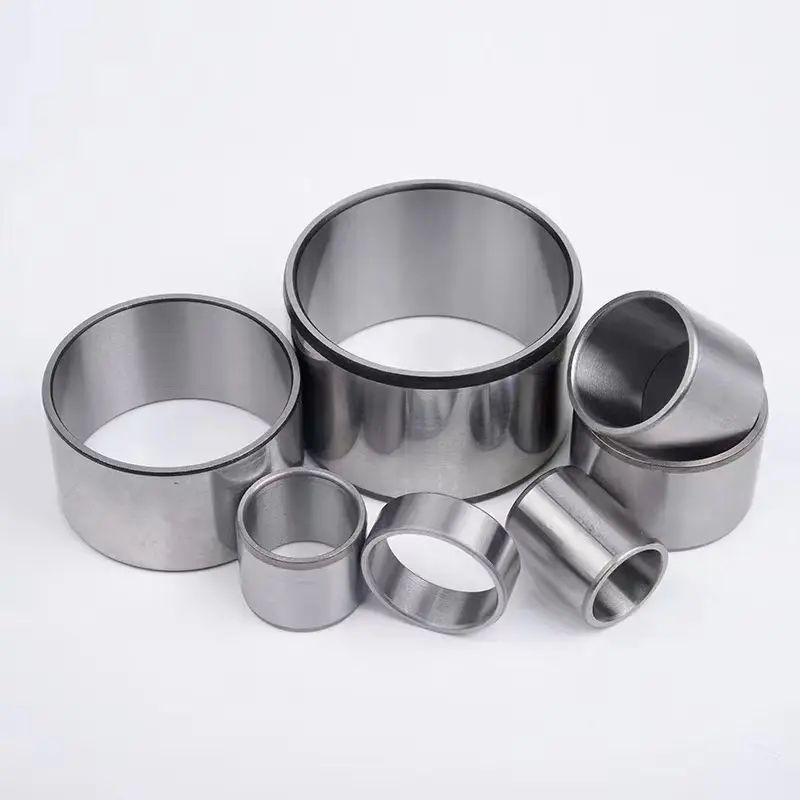
1.2Density of 304 and 316 Stainless Steel
- 304 Stainless Steel Density: ≈ 7.93 g/cm³ (7930 kg/m³ or 0.286 lb/in³)
304 is the most commonly used austenitic stainless steel. Its density is slightly higher than that of ferritic and martensitic grades (such as 403), slightly lower than that of 316, lower than copper, and higher than aluminum and carbon steel. - 316 Stainless Steel Density: ≈ 7.98 g/cm³ (7980 kg/m³ or 0.288 lb/in³)
Compared to 304, 316 stainless steel contains a higher amount of nickel and molybdenum, resulting in a slightly higher density.
1.3Stainless Steel Density Table Chart
| Stainless Steel Type | Density (g/cm³) | Density (kg/m³) | Density (lb/in³) |
| 201 | 7.93 | 7930 | 0.286 |
| 202 | 7.93 | 7930 | 0.286 |
| 301 | 7.93 | 7930 | 0.286 |
| 302 | 7.93 | 7930 | 0.286 |
| 303 | 7.93 | 7930 | 0.286 |
| 304 | 7.93 | 7930 | 0.286 |
| 304L | 7.93 | 7930 | 0.286 |
| 304LN | 7.93 | 7930 | 0.286 |
| 305 | 7.93 | 7930 | 0.286 |
| 321 | 7.93 | 7930 | 0.286 |
| 309S | 7.98 | 7980 | 0.288 |
| 310S | 7.98 | 7980 | 0.288 |
| 316 | 7.98 | 7980 | 0.288 |
| 316L | 7.98 | 7980 | 0.288 |
| 316Ti | 7.98 | 7980 | 0.288 |
| 316LN | 7.98 | 7980 | 0.288 |
| 317 | 7.98 | 7980 | 0.288 |
| 317L | 7.98 | 7980 | 0.288 |
| 347 | 7.98 | 7980 | 0.288 |
| 904L | 7.98 | 7980 | 0.288 |
| 2205 | 7.8 | 7800 | 0.282 |
| S31803 | 7.8 | 7800 | 0.282 |
| S32750 | 7.85 | 7850 | 0.284 |
| 403 | 7.75 | 7750 | 0.28 |
| 410 | 7.75 | 7750 | 0.28 |
| 410S | 7.75 | 7750 | 0.28 |
| 416 | 7.75 | 7750 | 0.28 |
| 431 | 7.75 | 7750 | 0.28 |
| 440A | 7.74 | 7740 | 0.28 |
| 440C | 7.62 | 7620 | 0.275 |
| 420 | 7.73 | 7730 | 0.28 |
| 439 | 7.7 | 7700 | 0.278 |
| 430 | 7.7 | 7700 | 0.278 |
| 430F | 7.7 | 7700 | 0.278 |
| 434 | 7.74 | 7740 | 0.28 |
| 444 | 7.75 | 7750 | 0.28 |
| 405 | 7.72 | 7720 | 0.279 |
*These densities are given at standard conditions for temperature and pressure.
1.4Density Chart of The Most Common Steels
| Type of Steel | Grade | Main Alloying Elements (besides Fe and C) | Density (g/cm³) | Density (kg/m³) | Density (lb/in³) |
| Carbon Steel | Low Carbon | – | 7.85 | 7850 | 0.284 |
| Medium Carbon | – | 7.85 | 7850 | 0.284 | |
| High Carbon | – | 7.85 | 7850 | 0.284 | |
| Alloy Steel | 4140 | Chromium, Molybdenum | 7.85 | 7850 | 0.284 |
| 4340 | Chromium, Nickel, Molybdenum | 7.85 | 7850 | 0.284 | |
| 8620 | Chromium, Nickel, Molybdenum | 7.85 | 7850 | 0.284 | |
| Stainless Steel | 304 | Cr 18%, Ni 8% | 7.93 | 7930 | 0.286 |
| 316 | Cr 16–18%, Ni 10–14%, Mo | 7.98 – 8.00 | 7980 – 8000 | 0.288 – 0.289 | |
| 410 | Cr 11.5–13.5% | 7.75 – 7.80 | 7750 – 7800 | 0.280 – 0.282 | |
| 430 | Cr 16–18% | 7.70 | 7700 | 0.278 | |
| Tool Steel | D2 | Cr, Mo, V | 7.85 | 7850 | 0.284 |
| H13 | Cr, Mo, V | 7.80 | 7800 | 0.282 | |
| M2 | Mo, W, V | 8.00 – 8.30 | 8000 – 8300 | 0.289 – 0.300 | |
| High Speed Steel | T1 | W, Mo, V | 8.50 | 8500 | 0.307 |
| M42 | Mo, Co, W, Cr | 8.30 | 8300 | 0.300 | |
| Weathering Steel | A242 | Cr, Ni | 7.85 | 7850 | 0.284 |
| A588 | Cr, Ni | 7.85 | 7850 | 0.284 | |
| Structural Steel | A36 | – | 7.85 | 7850 | 0.284 |
| A992 | V or Nb | 7.85 | 7850 | 0.284 | |
| Maraging Steel | 250 | Ni, Co, Mo, Ti | 8.10 | 8100 | 0.293 |
| 300 | Ni, Co, Mo, Ti | 8.10 | 8100 | 0.293 | |
| Duplex Stainless Steel | 2205 | Cr 22%, Ni 5%, Mo 3% | 7.80 | 7800 | 0.282 |
| Super Duplex Steel | 2507 | Cr 25%, Ni 7%, Mo 4% | 7.80 | 7800 | 0.282 |
| Silicon Steel | Grain-oriented | Si ~3% | 7.65 | 7650 | 0.276 |
| Spring Steel | 5160 | Cr ~0.7–0.9% | 7.85 | 7850 | 0.284 |
| 1095 | – | 7.85 | 7850 | 0.284 | |
| Hadfield Steel | – | Mn ~12%, Si | 7.87 | 7870 | 0.285 |
| Free-Cutting Steel | 12L14 | Pb, S | 7.85 | 7850 | 0.284 |
| Nitrogen Steel | – | N | 7.85 | 7850 | 0.284 |
| Electrical Steel | Non-oriented | Si 2–3.5% | 7.65 | 7650 | 0.276 |
| Cryogenic Steel | 9% Nickel | Ni 9% | 8.00 | 8000 | 0.289 |
| HSLA Steel | – | Various alloying elements | 7.85 | 7850 | 0.284 |
| UHSS (Ultra High Strength) | – | Alloying with Nb, Ti, etc. | 7.85 | 7850 | 0.284 |
| Galvanized Steel | – | Zn coating | 7.85 | 7850 | 0.284 |
| Boron Steel | – | B | 7.85 | 7850 | 0.284 |
| Rail Steel | – | Cr, Mn | 7.85 | 7850 | 0.284 |
| Rebar Steel | – | – | 7.85 | 7850 | 0.284 |
| IF Steel | – | Ti or Nb | 7.85 | 7850 | 0.284 |
1.5Stainless Steel Density Conversion: kg/m³, g/cm³, and lbs/in³
| Unit | Description | Conversion Formula |
| kg/m³ | Kilograms per cubic meter | 1 kg/m³ = 0.001 g/cm³ = 1000 g/m³ = 0.000036127 lbs/in³ |
| g/cm³ | Grams per cubic centimeter | 1 g/cm³ = 1000 kg/m³ = 0.036127 lbs/in³ |
| lbs/in³ | Pounds per cubic inch | 1 lbs/in³ = 27,680 kg/m³ = 27.68 g/cm³ |
2.0Duplex Stainless Steel and Its Unique Density
Density: Approximately 7.7–7.8 g/cm³, lower than austenitic stainless steel due to the presence of ferrite, which has a lower density.
2.1Overview
Duplex stainless steel combines austenite and ferrite in roughly equal proportions. This dual-phase structure offers high strength and excellent resistance to stress corrosion cracking, making it ideal for demanding applications.
2.2Composition
Common grades like UNS S31803 and S32205 contain:
- 21–23% Chromium
- 4.5–6.5% Nickel
- 2.5–3.5% Molybdenum
These elements improve corrosion resistance and strength-to-weight ratio, suitable for chemical, oil & gas, and marine environments.
2.3Key Benefits
- Twice the yield strength of standard stainless steels
- Allows for thinner material, reducing cost and weight
- Good weldability and thermal conductivity
- Lower thermal expansion, suitable for high-pressure and corrosive systems
3.0Density Comparison Among Stainless Steel Types
Austenitic Stainless Steel: Grades like 304 and 316 have densities around 7.9 g/cm³. Composed primarily of chromium and nickel, they are non-magnetic, highly corrosion-resistant, and very ductile. Their higher density makes them ideal for marine, chemical, and other high-durability applications.
Ferritic Stainless Steel: Grades such as 430 and 409 have slightly lower densities, typically 7.7–7.8 g/cm³. With more chromium and less nickel, they are magnetic and more resistant to stress corrosion cracking, suitable for automotive exhaust systems and weight-sensitive uses.
Martensitic Stainless Steel: Grades like 410 and 420 also range from 7.7 to 7.8 g/cm³. These steels contain more carbon, which enables high hardness after heat treatment. While less corrosion-resistant, they offer excellent strength-to-weight ratios for tools, blades, and high-stress parts.
4.0Factors Affecting Stainless Steel Density
The density of stainless steel is not a fixed value—it varies based on several key factors:
4.1Alloy Composition
Density largely depends on the type and proportion of alloying elements:
- Iron (Fe): Base element, determines the baseline density.
- Chromium (Cr): ~7,190 kg/m³; slightly lowers overall density.
- Nickel (Ni): ~8,900 kg/m³; higher content increases density.
- Molybdenum (Mo): ~10,280 kg/m³; significantly increases density.
- Other elements (e.g., carbon, nitrogen, manganese, silicon) have minor effects but may be critical in high-performance grades.
4.2Temperature Variation
As temperature rises, thermal expansion increases the volume and reduces density.
- On average, density decreases by ~0.4% for every 100°C increase.
- Extremely high or low temperatures can affect both density and material performance.
4.3Pressure Conditions
- High pressure compresses the atomic structure, increasing density.
- Low pressure (e.g., vacuum) can cause slight expansion, lowering density.
These effects should be considered in high-pressure or vacuum environments.
4.4Porosity
- Porosity refers to internal voids or gaps in the material.
- Higher porosity reduces effective metal volume, lowering density.
- Processes like powder metallurgy or sintering may introduce porosity.
4.5Manufacturing Process
- Parameters such as furnace temperature, cooling rate, alloying sequence, and heat treatment can affect the microstructure and final density.
- Optimized process control ensures consistent and stable material properties.
5.0How Stainless Steel Density Affects Performance
The density of stainless steel not only reflects the compactness of its atomic structure, but also influences various physical and mechanical properties:
- Tensile Strength: Higher-density stainless steel typically offers greater tensile strength due to its denser atomic structure, improving resistance to fracture under tension.
- Hardness: Denser materials have more tightly packed atoms, resulting in higher hardness and better resistance to indentation, scratching, and deformation.
- Ductility: Lower-density stainless steel tends to be more ductile, allowing it to stretch without breaking—ideal for applications requiring significant deformation.
- Corrosion Resistance: A denser microstructure reduces the penetration path of corrosive media, enhancing corrosion resistance, especially in harsh environments.
- Formability: Lower-density steels with looser atomic arrangements are easier to bend, deep-draw, and stamp, making them suitable for complex or precision components.
- Weldability: High-density stainless steel generally requires more energy to melt due to stronger intermolecular forces, making it more difficult to weld. Lower-density grades are typically easier to weld.
- Machinability: High-density grades are harder and more elastic, which increases cutting resistance and tooling wear. Lower-density steels are easier and more efficient to machine.
- Sustainability: Stainless steel with higher density often has greater strength and durability, leading to longer service life, less frequent replacement, and improved resource efficiency.

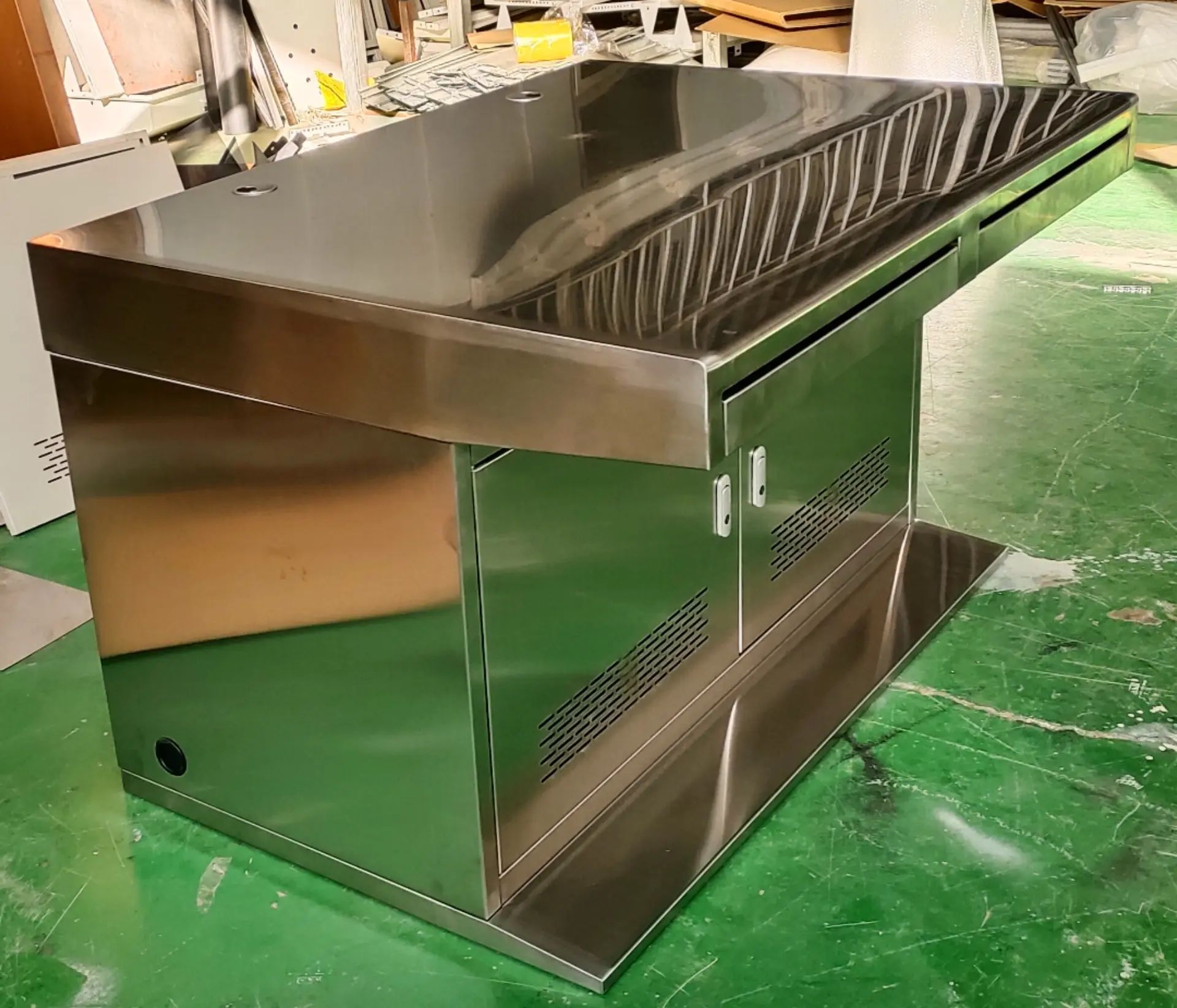
6.0Role of Stainless Steel Density in Practical Applications
- Weight Calculation: Density is key for calculating material weight (Weight = Density × Volume), affecting transport costs and structural load design.
- Material Selection: Different densities suit different needs—higher-density steel for strength-critical parts, lower-density steel for lightweight designs.
- Strength Estimation: Density helps estimate mechanical strength and stiffness, aiding material selection in construction, machinery, and pressure vessels.
- Corrosion Resistance Evaluation: Higher density often indicates a tighter microstructure, improving resistance to gas or liquid corrosion.
- Thermal Performance Design: Density affects thermal conductivity and heat capacity, important for heat exchangers and thermal systems.
- Buoyancy & Stability Analysis: In fluid environments like marine structures or tanks, density is used to analyze buoyancy and stability.
- Machining Parameter Setup: Varying density affects cutting forces, tool selection, and cooling methods during manufacturing.
- Structural Simulation & Modeling: Accurate density values are crucial in FEA or CAD to ensure reliable simulation results.
- Recycling & Resource Assessment: Density helps evaluate material value and resource efficiency in recycling and lifecycle analysis.
References:
https://www.thyssenkrupp-materials.co.uk/density-of-stainless-steel



